Is branded content worth it? Find out who nailed it and who missed the mark
While there have been a lot of good attempts, advertisers have often struggled to break through with branded content. So which brands have nailed it and which missed the mark?
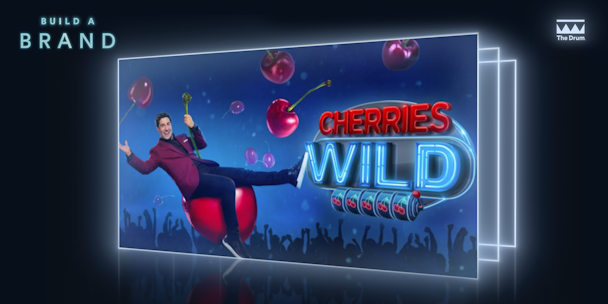
Cherries Wild TV show on Fox paid for by Pepsi
Branded entertainment has been knocking about for years but it’s a tough nut to crack with multiple parties having multiple needs and cynical audiences being sensitive to having products pushed to them in the wrong environment.
Although it’s a tricky space to play in research suggests, if done right, branded entertainment is preferred by audiences over ads. Insights from a 2020 study by Channel 4 found that branded entertainment has a 29% higher brand perception than the standard linear ad and 44% of respondents felt more positive about a brand after seeing it in such a program.
Advertisement
So who got it right?
Lego Masters
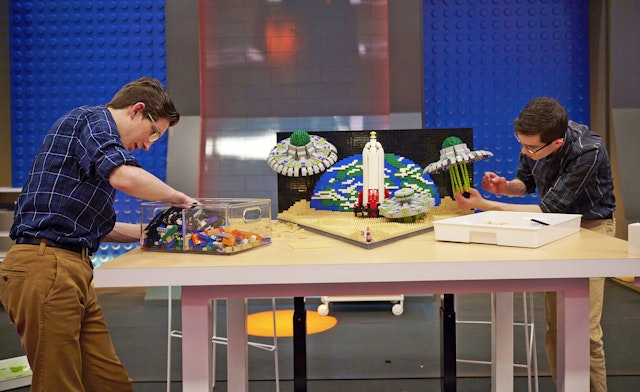
Lego Masters is the holy grail of branded entertainment. The show has 18 international adaptations and is in its third season in a primetime slot on Fox hosted by the actor Will Arnett. To cater to varying levels of advertising regulation in different territories the producers couldn’t show any Lego sets that were on sale. In place of overt branding, Lego injected its values into the show.
All the creative beats of the show, the tone of the show and the sense of humor and playfulness are Lego’s way of branding the series. Lego Masters also prioritized storytelling over landing the brand message. That is what helps create that long-form programming beyond an advertising campaign. In the case of Lego that’s creating epic builds, jeopardy and human stories.
Advertisement
Headspace Guide To Meditation
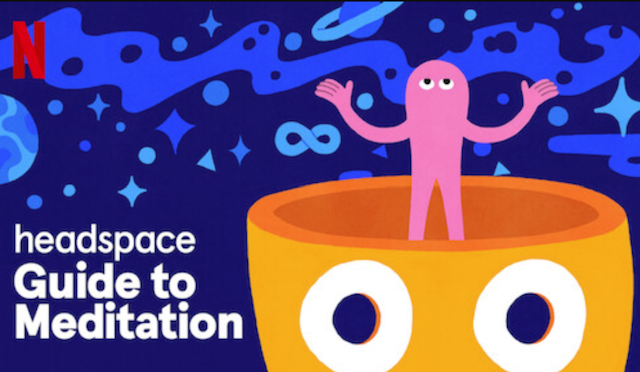
Considered to be Netflix’s first branded content series, Headspace dropped its meditation animated series in the January 2021 covid lockdowns. Over two years later, audiences are still discovering the shows or coming back to them for repeat viewing says Headspace’s chief content officer Morgan Selzer.
“We’ve just seen such a big halo effect from being on Netflix,” she tells The Drum. “We’ve also received so much wonderful feedback from people who found us on the Netflix show and learned about meditation and having a mindfulness practice or really good sleep hygiene, which has led them to subscribe to Headspace.”
Suggested newsletters for you
Cherries Wild
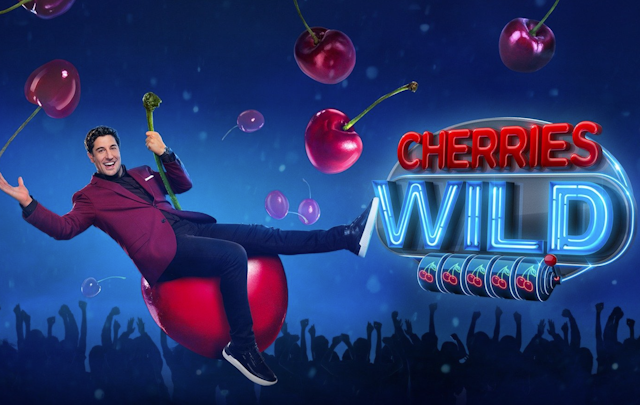
Fox's co-production with Pepsi to promote its Pepsi Wild Cherry flavor features a giant slot machine and a pop quiz-style trivia and is hosted by American Pie actor Jason Biggs. The show is one of the most on-the-nose examples of branded entertainment. It debuted in 2021 and is yet to be renewed by Fox.
Online reviews are highly critical of the show calling it a 30-minute advert and not an entertainment series. One review wrote: “By using references to Pepsi Wild Cherry almost every part of the show, this is not a show that was made to be enjoyed, this is a show that was made to make you want to buy Pepsi Wild Cherry.”
What’s Cooking? From the Sainsbury’s Kitchen
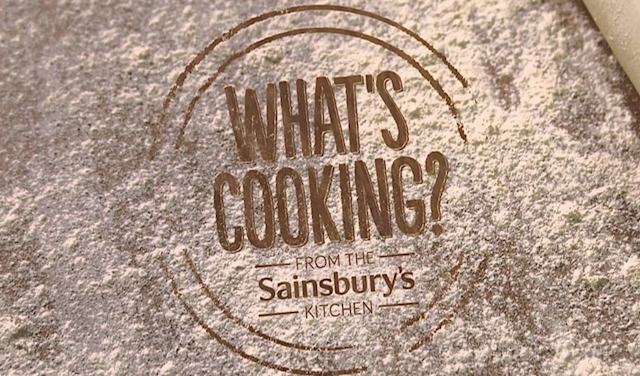
What’s Cooking was a TV show broadcast on Channel 4 in 2013 paid for by the British supermarket Sainsbury’s. While the show was deemed a success and could have been renewed it managed just one season because Sainsbury’s treated the show like a campaign by putting the budget into something new once the show had done its initial job. What advertisers don’t realize is that TV can take a few seasons to break through. If you want to create content that has longevity and travel to other markets, it’s a two or three-year process. It takes a long time.
Top tips to get it right
-
Treat branded entertainment as TV and not a commercial. Too often brands and agencies approach publishers with a long list of KPIs but that shouldn’t be part of the pitch. Branded entertainment should consider the viewer before the needs of the brand.
-
Don’t underestimate the experience of the producers and broadcasters. Producers and commissioners have decades of experience learning how to craft a story worth watching. They know how to make narrative arcs, how you sustain an audience, and how to integrate brands.
-
Get in early in the show’s development. The sooner marketers and agencies kick off conversations with the producers the better. Leaving it till the last minute will make it harder to integrate authentically into the show.
-
Digital might be an easy way in. Concepts can be tested a trailed cheaply on social to see if they will land. Digital content can be more versatile and not at the mercy of a schedule, whereas if it doesn’t land it’s an expensive mistake to make. Most major broadcasters now have digital producing capabilities or social commissioning budgets to spend with brands.

